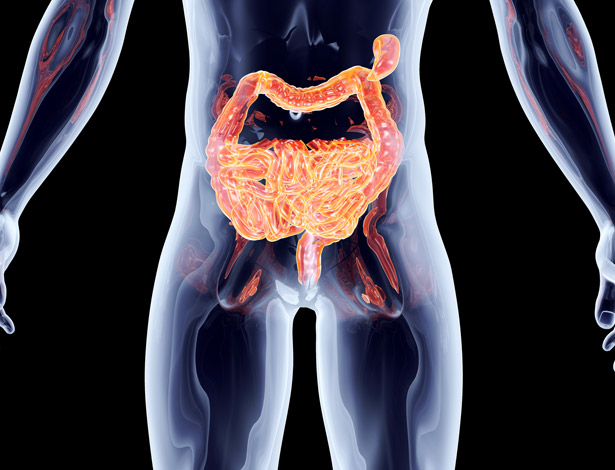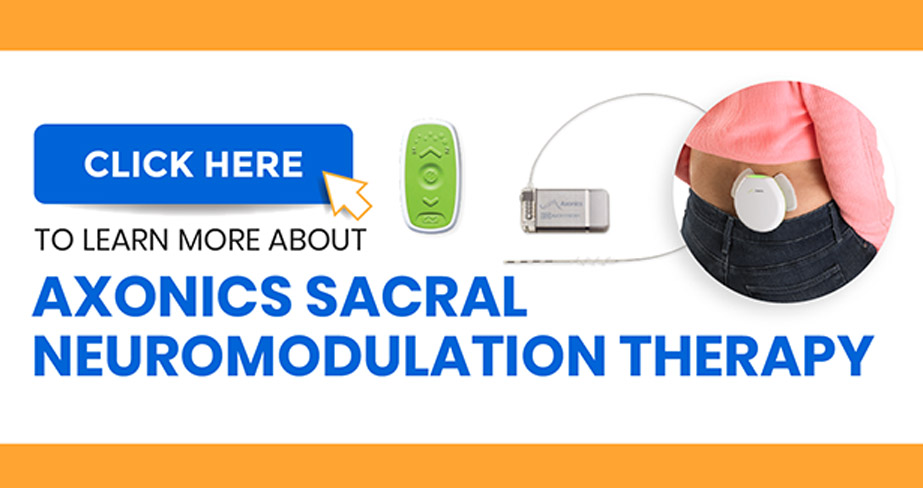
Stool incontinence can be embarrassing, but bowel control therapy could help.
Stool incontinence is essentially the inability to control bowel movements, resulting in stool leaking from the rectum. There are two types of stool incontinence:
- Passive incontinence: If a patient is not aware of an urge to pass stool, it’s referred to as passive incontinence.
- Urge incontinence: If a patient recognizes an urge to pass stool, but the urge is so sudden that there is no time to make it to the restroom, it’s referred to as urge incontinence.
Fortunately, some patients have found relief from Sacral Neuromodulation which is an FDA-Approved and reversible treatment option.
Understanding Stool Incontinence
While constipation and diarrhea can contribute to temporary stool incontinence, muscle or nerve damage is often the culprit for long-term incontinence.
There is a wide range of severity when it comes to losing bowel control. Some patients have no control over their bowels, while others only leak a small amount of stool when passing gas. Regardless of its severity, stool incontinence can be embarrassing and prevent patients from participating in activities that they enjoy.

How Bowel Control Therapy Works
Sacral Neuromodulation involves the use of a neurostimulator that targets the sacral nerves. This is because a miscommunication between the brain and the sacral nerves is considered to be an issue for bowel control.
A handheld device that allows you to control the gentle stimulation delivered by the implant. Once implanted, the neurostimulator sends mild electrical pulses to a thin wire (called the lead). The lead then carries these electrical pulses to the lower back, where the nerves are targeted.
Patients with incontinence symptoms that are not responding to other treatments may be a candidate. To get a better idea of candidacy, a trial run is often completed. After a short office procedure to set up the trial neurostimulator, you will go home and track your symptoms for approximately two weeks. When you return to your doctor, you’ll discuss whether or not the long-term implant is right for you.
What to Expect
After your procedure, you will need to slowly work your way up to your normal activity level. The risks associated with the procedure are the same as any other surgical procedure, such as infection and bleeding.
Patients with incontinence symptoms that are not responding to other treatments may be a candidate. To get a better idea of candidacy, a trial run is often completed. After a short office procedure to set up the trial neurostimulator, you will go home and track your symptoms for approximately two weeks. When you return to your doctor, you’ll discuss whether or not the long-term implant is right for you.


